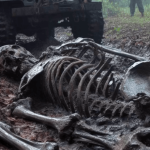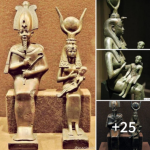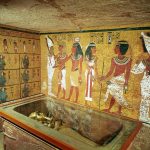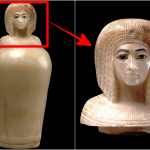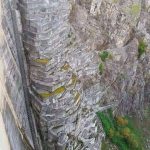The Dust Bowl: A Decade of Devastation
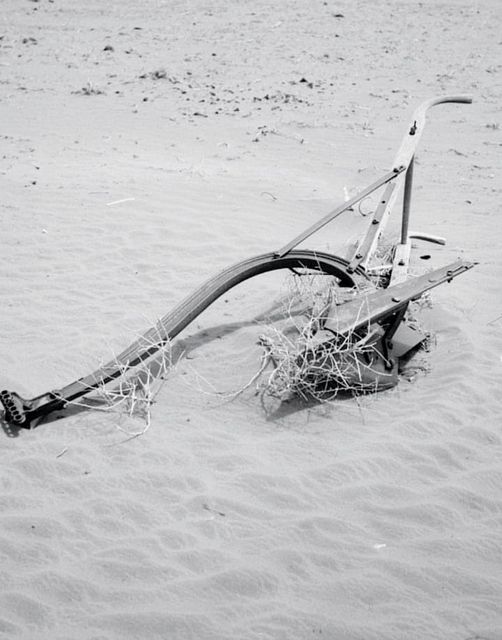
The Dust Bowl was a period of severe dust storms that ravaged the American and Canadian prairies during the 1930s. This ecological and agricultural disaster transformed a once-productive landscape into a barren wasteland, displacing countless families and leaving a lasting scar on American history.
A Perfect Storm of Causes
Several factors converged to create the Dust Bowl. A prolonged drought gripped the region from the early 1930s, significantly reducing rainfall and drying out the soil. This coincided with a period of intensive farming practices. World War I had spurred increased wheat production, leading farmers to plow vast swathes of virgin prairie land. These traditional plowing techniques left the soil loose and vulnerable to wind erosion.
The Winds of Change
With the topsoil stripped bare, the region became susceptible to the relentless winds that swept across the Great Plains. These winds whipped up massive dust storms, sometimes reaching hundreds of miles wide. These storms choked the skies, blotting out the sun and turning day into night. The fine dust particles infiltrated homes and lungs, causing respiratory problems and a mass exodus from the affected areas.
A Human Cost
The Dust Bowl inflicted a devastating human toll. Farms were buried under drifts of dust, crops failed year after year, and livestock perished. Many families were forced to abandon their homes and migrate westward in search of a new life, a phenomenon captured in John Steinbeck’s iconic novel “The Grapes of Wrath.” The Dust Bowl also exacerbated the hardships of the Great Depression, creating a desperate situation for millions of Americans.
Lessons Learned
The Dust Bowl served as a wake-up call for the importance of sustainable agricultural practices. The creation of the Soil Conservation Service (SCS) in 1935 marked a turning point. The SCS promoted soil conservation techniques such as crop rotation, terracing, and windbreaks to prevent future dust storms.
The Dust Bowl remains a stark reminder of the fragile balance between human actions and the environment. It serves as a cautionary tale, urging us to adopt practices that protect our precious land and ensure its viability for future generations.
